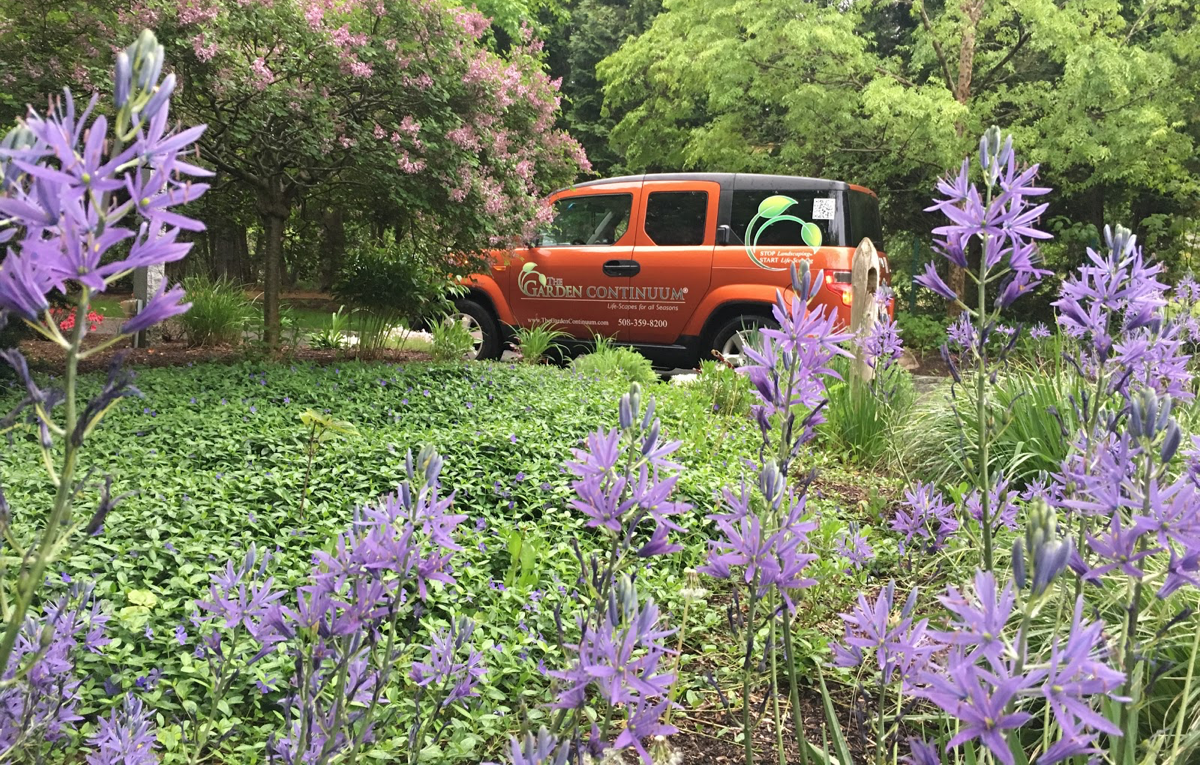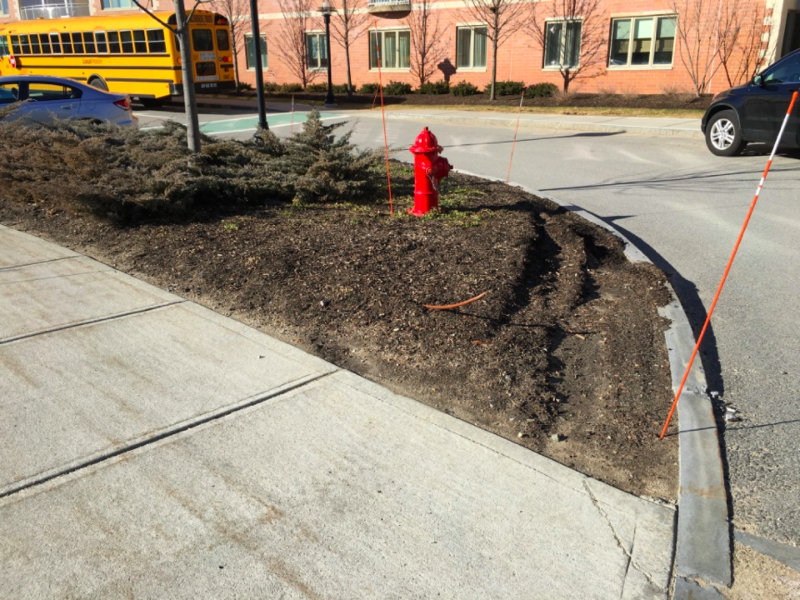March 20th is the first day of spring and each first day of this season can be wildly different from the year before. We’ve had years where we’ve been tucked under six feet of snow and others where the crocus are forcing their way up and out of the soil and the forsythia are threatening an explosion of yellow flowers.
This time of year is hard on gardeners and garden lovers because we are itching for some color in the garden and warmth on our backs and faces. The March winds (and snow in the northeast from the blizzard named Stella) can still be blowing strong, the temps still a little bitter and the ground a bit frozen, but boy are we ready.
So what do you do in this early time of the season?
FIRST– Look for damage and make a list.
Start by assessing your landscape to get yourself prepped for all the work and beauty to come. It helps to have some basic organizational tools (such as a pad and paper for notes and a camera or smart-phone for image capture) before you head out to take stock of your land.
Look up into the trees for any broken and hanging branches. A good indication that there was winter damage could be twig and branch litter all over your lawn and in your beds.
Scan down from the tall trees into your pretty ornamental trees – look for obvious breakage, but also look for splits and cracks in the larger branches and trunk.
Move to your shrubs – check to see if any were crushed by piles of snow. Have they rebounded, or are they missing some middle sections?
Now move to the ground – survey all land areas on the sides of walks and drives or parking lanes. This is where much of our winter damage lives. It might be mechanical damage from a plow or a car rolling over the ground. It might be sand build up or salt damage.
Winter damage - vehicle tire tracks, sand & salt build-up, and an irrigation line cut from plow.
SECOND-- once you have your list, make a plan.
If you’re a DIYer, then the list will include time in the garden. If you’ve hired a landscape company to help, then handing them a list will speed up the corrective actions.
For any trees you can’t reach from the ground – call in your landscape professional or arborist to assess any limbs broken or hanging. Please do not climb or get on a ladder to handle on your own unless you are skilled and trained at this work.
While climbing a ladder to make a couple of quick cuts may seem easy and a quick fix, there are two potential problems:
- Tree wood is heavy and can often behave unpredictably when pressure has built up and is released. The danger of a limb suddenly swinging or falling unexpectedly and hitting you can be significant, even life ending.
- Even a seemingly easy fix can be dangerous for the tree itself. Remember, trees are living, breathing beings. They get hurt and go into shock, are susceptible to diseases, and when weak from trauma can be susceptible to insect infestations.
 Giving your trees the gift of your attention and the attention of a professional can help ensure they recover. This goes for all plants, so whenever you see breakage that has torn a limb or stripped bark or lifted a plant from its roots, consider this a perfect time1e3c14b5-c3e7-46da-bed1-826a3d296105to call in a professional – even if it’s just for a consultation and some advice on how to do the fix yourself.
Giving your trees the gift of your attention and the attention of a professional can help ensure they recover. This goes for all plants, so whenever you see breakage that has torn a limb or stripped bark or lifted a plant from its roots, consider this a perfect time1e3c14b5-c3e7-46da-bed1-826a3d296105to call in a professional – even if it’s just for a consultation and some advice on how to do the fix yourself.
As for ground damage, often all you need to do is simply rake, roll, and over-seed or repair mulch. It’s not rocket science and easily tackled on a Saturday morning. All sand and leftover salt debris should be raked up, packed in paper bags, and brought to the dump. Do not put salt and sand into your compost pile -- this stuff is not good for composting.
Salts can cause long lingering problems. If you think your lawn or bed edges were infiltrated with salt, drench the areas with water to help leach and dilute the salt. While it’s never good to add too much salt to any living system (including yours) diluting it with clean water is an effective way to assist in recovery.
Assessing your landscape also involves looking for injury to the landscape itself. As it warms up, you may notice some oddities in your lawn and ornamental shrubbery, including:
Funky patches in your lawn, which may be snow-mold, or frost damage, or even foot traffic damage. Odd squiggly trails all through your lawn, which could be meadow vole damage. Strange cuts or chewing on your shrubs, which could be rabbits and/or deer and even tree voles.
Deer tear off tips of plants, leaving ripped and jagged tops behind. Rabbits have teeth like pruning shears and cut tops of plant branches at perfect 45-degree angles. Tree voles love the bark and will strip the bark and cambium right off the base of the tree or shrub. Sadly, rabbits can do this, too.
Browning on your evergreen46f960ad-9cc1-4db6-b6e9-97d1b07b2a5bdvice, then please schedule a free Landscape Discovery Session today.







Leave a comment